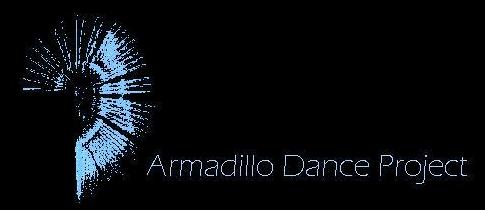
|
Kathleya Afanador
Co-founder and Choreographer |
Arts America:Enjoying the Best Art Museums, Theater, Classical Music, Opera, Jazz, Dance, Film, and Summer Festivals in America
Paperback: 544 pages. Published by Huntington Press, Las Vegas (November 1, 2009) Order the book online
In Lecture Notes in Computer Science: Computer Music Modeling and Retreival, vol. 4969/2008 (235-245). Springer Berlin / Heidelberg. access to full text Effects of Sound on Perceived Speed of Human Motion (poster presentation)
International Computer Music Conference (ICMC), August 2007; Copenhagen, Denmark RISE Symposium, October 2007; Tempe, Arizona Abstract Studies in crossmodal perception often use very simplified auditory and visual contexts. While these studies have been theoretically valuable, it is sometimes difficult to see how the findings can be ecologically valid or practically valuable. This study hypothesizes that a musical parameter (tempo) may affect the perception of a human movement quality (speed) and finds that although there are clear limitations, this may be a promising first step towards widening both the contexts in which crossmodal effects are studied and the application areas in which the findings can be used. Parameters of perception: Vision and audition in 20th century music and dance
Presented at Congress on Research in Dance (CORD) Conference, November 2006; Tempe, Arizona conference proceedings access to full text Capturing Expressive and Indicative Qualities of Conducting Gesture: An Application of Temporal Expectancy Models. (book chapter)
In Lecture Notes in Computer Science: Computer Music Modeling and Retreival, vol. 4969/2008 (34-55). Springer Berlin / Heidelberg. access to full text Response: An applied example of Computational Somatics (presentation)
Enactive/07: 4th International Conference on Enactive Interfaces, November 2007; Grenoble, France Aesthetics, perception, and performance: Crossmodal perception and its applications to real-time computer interactive music-dance systems (in progress)
by Kathleya Afanador, Todd Ingalls, and Ellen Campana Poster presented at International Computer Music Conference (ICMC), August 2007, Copenhagen, Denmark and at RISE Symposium, October 2007, Tempe, AZ. Abstract Studies in crossmodal perception often use very simplified auditory and visual contexts. While these studies have been theoretically valuable, it is sometimes difficult to see how the findings can be ecologically valid or practically valuable. This study hypothesizes that a musical parameter (tempo) may affect the perception of a human movement quality (speed) and finds that although there are clear limitations, this may be a promising first step towards widening both the contexts in which crossmodal effects are studied and the application areas in which the findings can be used. |